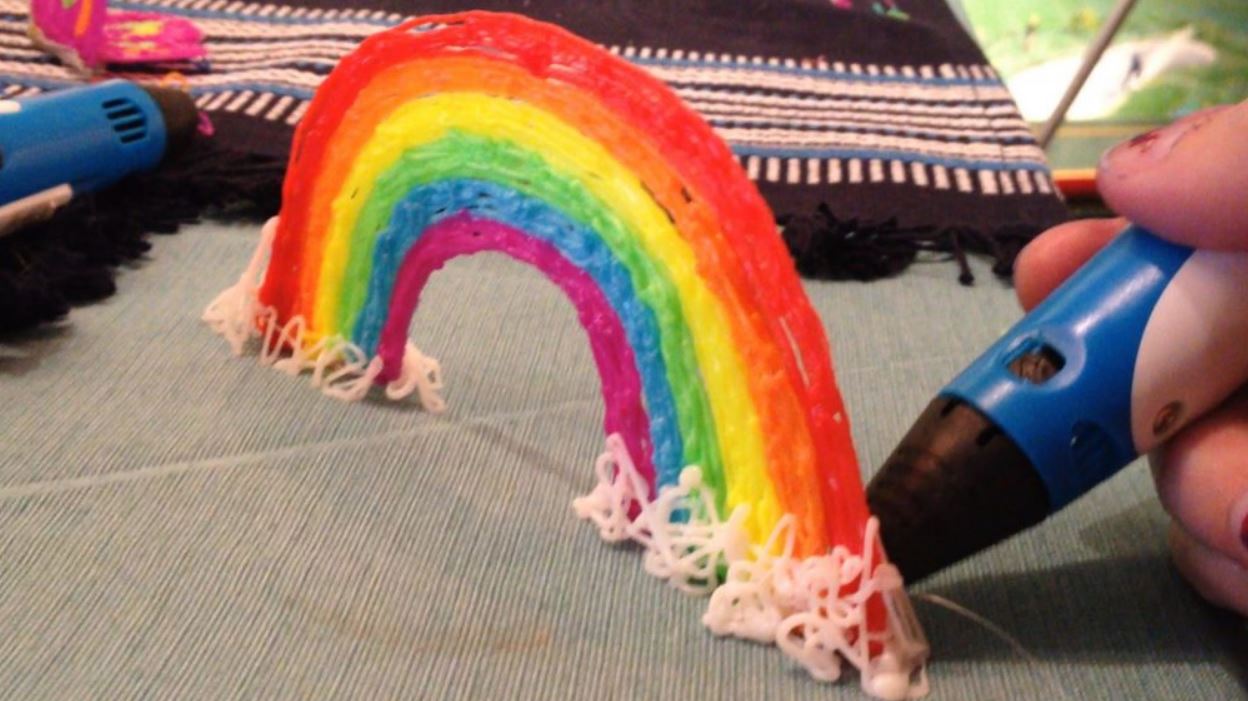Most of the time, we pay more than the product is worth and then regret it later when we find a cheaper one with the same or better features and quality. The reason for this is that we blindly trust pricey products while ignoring the less expensive ones.
Finding the best hoverboards at a reasonable price also needs more effort and scrutiny. As a result, we frequently purchase a product without first conducting investigation. Hoverboards can cost anywhere from $100 to $1000, and the adage “you get what you pay for” isn’t necessarily true; you may find the greatest hoverboard under $150 that meets your needs.
Under $150, the 10 Best Self-Balancing Electric Scooters
1. YHR Hoverboard with LED Lights with Bluetooth Speaker
2. FLYING-ANT Hoverboard, 6.5 Inch Self Balancing Scooter
3. TPS Electric Self Balancing Hoverboard
4. UNI-SUN Off Roading Hoverboard
5. Felimoda Hoverboard 6.5”
6. LIEAGLE Stylish Hoverboard
7. Beston Sports Electric Hoverboard
8. Beston Smart Electric Hoverboard
9. Hover-1 Ultra Electric Self-Balancing Hoverboard Scooter
10. Swagtron Swagboard Twist Hoverboard

What to Look for When Purchasing the Best Hoverboard for Under $150
Most of us have had the experience of regretting a purchase, particularly one involving electronic devices. The lack of understanding about the items we buy is the cause of an unsatisfied purchase. Fortunately, thanks to the internet, we can now investigate everything and purchase anything based on our likes and needs.
Reviews Rabbit‘ve put together a complete guide to assist you choose the best hoverboard under $150 from the list we’ve provided, as well as when you visit Walmart or another store later.
UL Certification and Safety
Most of you will be hesitant to purchase a hoverboard due to safety concerns, and this is due to hoverboards’ controversial history. Hoverboard sales exploded in 2015, with a slew of new firms entering the market and the majority of production being uncontrolled or poorly regulated. Hoverboards were made with low-cost materials, particularly low-quality batteries, which caused the hoverboards to explode and catch fire. As a result of the market’s decline, officials were forced to interfere with stronger safety regulations. The UL 2272 certification ensures that the battery will not explode, therefore check whether it is UL 2272 certified before purchasing. All of the products on this list are UL 2272 approved, and several have several safety certificates for their tires, brakes, and other components.
Battery Capacity
It’s been more than five years since the hoverboard business has exploded, and companies are competing for market share by creating fancy and safe hoverboards. Unfortunately, no progress has been made in making hoverboard batteries last longer; the highest range you can achieve with a $150 hoverboard is 12mph, and that depends on your weight and the surface you’re riding on.
If you’re overweight and the ground is uneven, the battery will drain much faster; as a result, don’t anticipate too much from hoverboards in terms of battery timing, and instead focus on battery safety and charging time. A hoverboard normally takes 2-6 hours to fully charge, so a hoverboard that takes 2-3 hours is the best, but you need also consider the range, as a battery that takes less time to charge also wears out faster.

Maximum Pace
Hoverboards come in a variety of shapes and sizes, with the most well-known being hoverboards for adults, hoverboards for kids, and hoverboards for all-terrain use. The maximum speed varies according on the type of hoverboard; for children, it ranges from 6 to 10 mph, while for adults, it can reach 12 mph.
Some high-end hoverboards include numerous modes that let you to regulate or regulate the speed with your phone, making it easier to learn to ride. Multiple modes are not available on hoverboards under $150, so consider your age and speed while selecting a hoverboard.
Capacity for weight
We don’t pay attention to a car’s weight capacity since it can withstand a load that exceeds its maximum capacity; however, hoverboards cannot bear a load that exceeds their capacity, and the sensors will begin to malfunction if you do. Whether it’s a hoverboard under $100 or a hoverboard under $300, most hoverboards have a maximum capability of 150 to 260 pounds.
Hoverboards also have a minimum weight requirement; if the weight is less than that, the sensors will not react at all. Almost every hoverboard has a minimum weight capability ranging from 30 to 45 pounds.
Clearance of the Ground
The ground clearance of a hoverboard determines how well it will function on uneven roads and when ascending a slope. Hoverboard tires are typically 6.5 inches in diameter, and with the right chase height and tire height, they can climb a slope of 15 to 30 degrees.
















